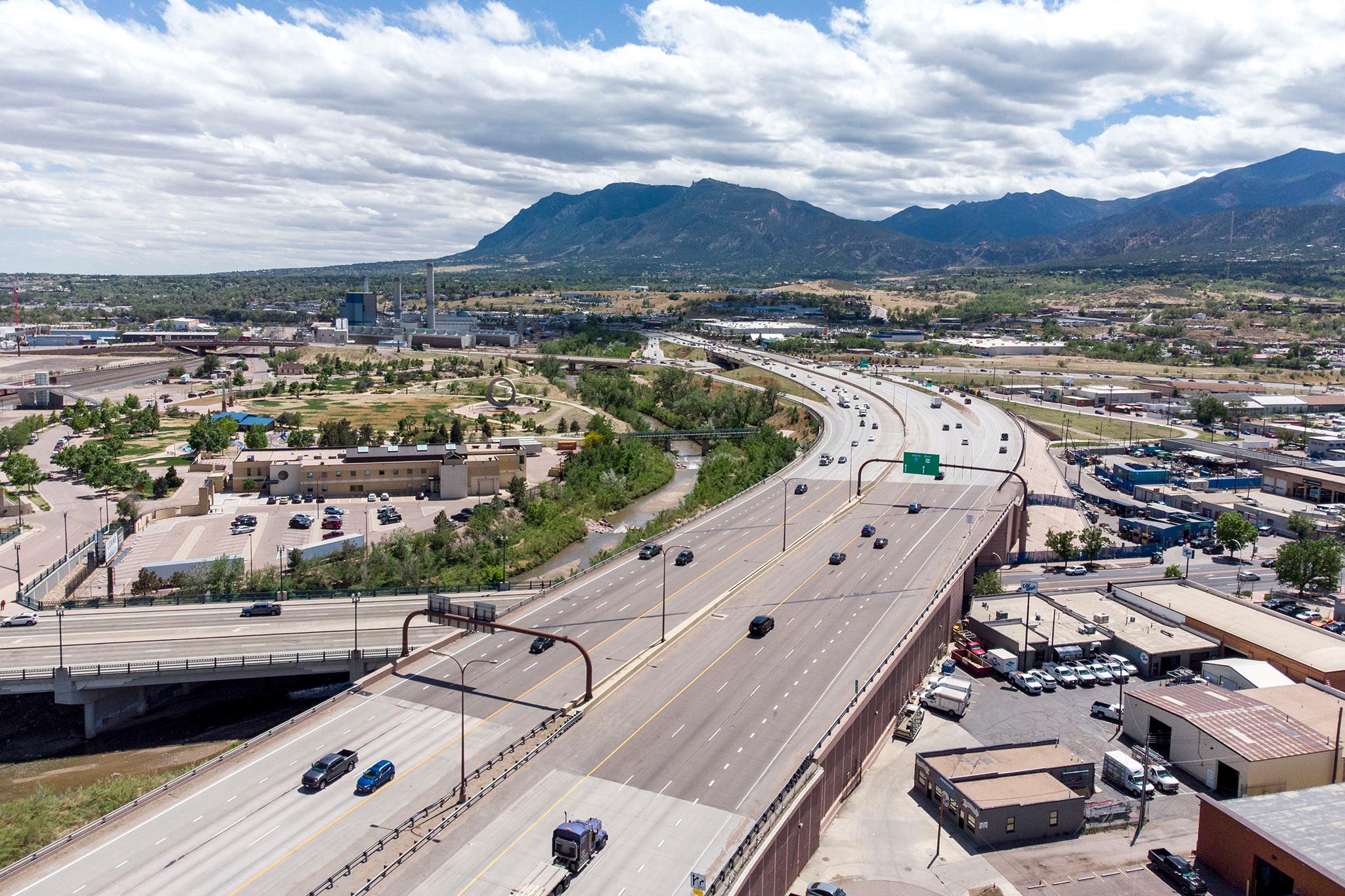
It's been more than two decades since Colorado Springs has modernized its plans for transportation growth. But, following years of study and more than 50 public meetings, the city has released a draft plan that looks to the future.
The ConnectCOS project aims to improve safety, accessibility and speed of travel no matter how people navigate the city, whether that be walking, driving, biking or taking public transit.
Research from the city showed nearly 80 percent of people in Colorado Springs commute alone, by car. I-25 sees the most traffic, followed by CO 115 south of Fort Carson. The plan also identified problem intersections needing improvement including I-25 and Woodmen, Austin Bluffs and Academy and the intersection of Platte Avenue and Circle Drive.
Another facet of ConnectCOS includes a series of 14 "critical corridors," or networks of streets most likely to increase mobility throughout the city. That includes Nevada Avenue, Briargate Parkway, the MLK Bypass and Marksheffel Road, among others. A main focus for the corridors will be on improving east-west travel in Colorado Springs as "every east-west corridor between Woodmen Rd and the MLK Bypass is stressed."
The plan also recommended studying what it would take to reroute a portion of US 24 to be part of Interstate 25 south of downtown.
While research showed Colorado Springs to be considered a "car-dependent" city, public input into the transportation plan showed residents are interested in public transit, if it is reliable and convenient.
Right now, the same trip on public transit takes more than twice as long as it would in a personal vehicle, the city said. So, ConnectCOS specifically calls for public transit to play a primary role in the coming years, mainly to keep up with job and population growth.
The most recent data available shows the city's Mountain Metro Transit (MMT) bus system serves roughly 3 million passengers a year. Most riders do not own a vehicle and come from low-income households. More than half of those who use MMT are Millennials or Generation Z.
In an effort to improve walkability, the plan also mentions filling in gaps in sidewalks, specifically on the east and west sides of town where nearly three-quarters of roads lack a sidewalk.
Feedback on the plan can be submitted before December 6.
Related coverage
- Colorado Springs is getting a boost in federal dollars to help with aging railroad bridges
- Suthers proposes a $420 million budget for Colorado Springs in 2023. Here’s where the money would go
- Colorado Springs is updating its transportation plan to cover the next 20 years









